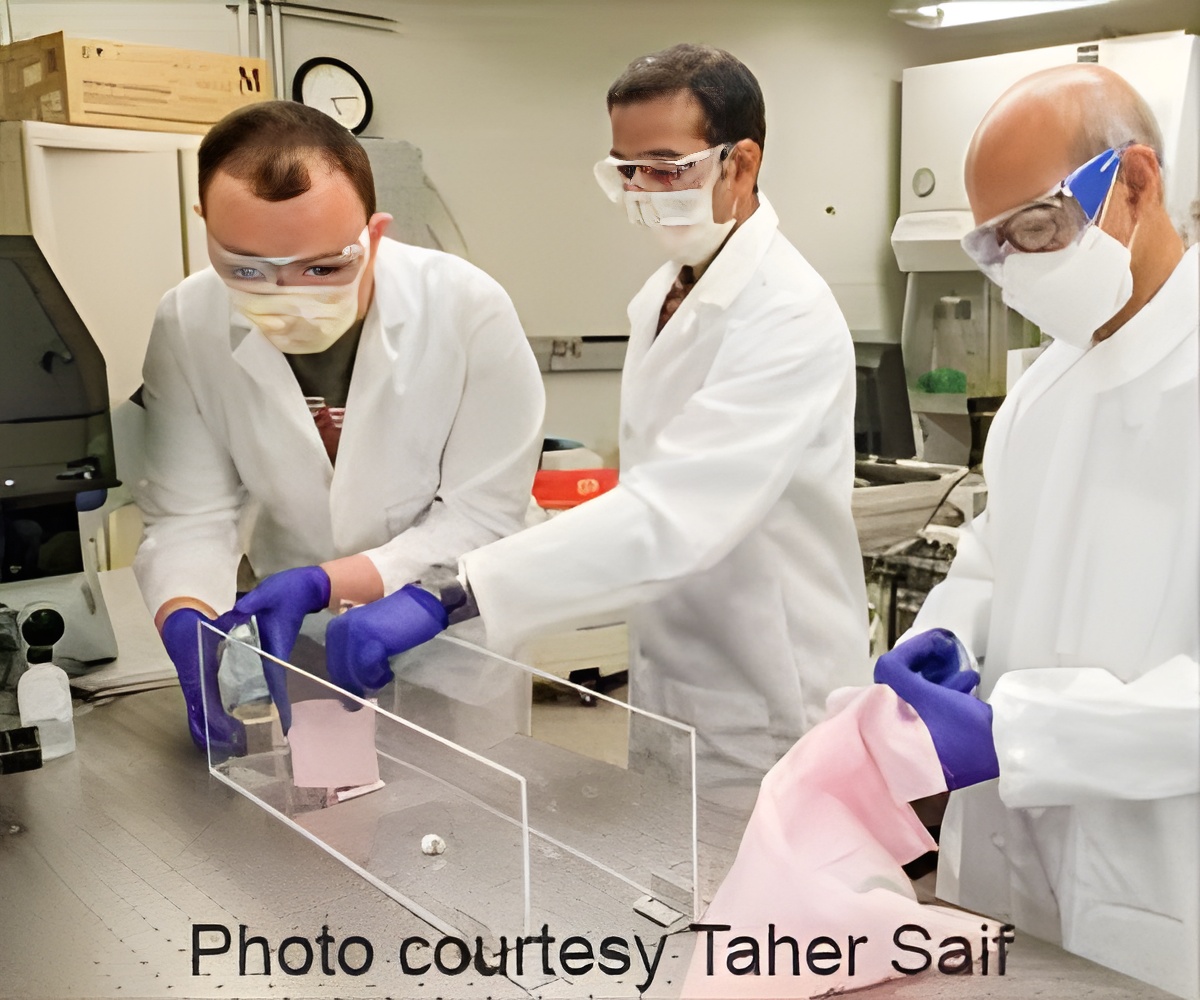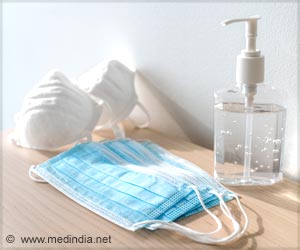
‘Homemade masks with a single layer have an efficiency of blocking viral droplets of the size of 100 nanometers. Homemade masks with two-three layers have an efficiency similar to that of medical masks. Usage of masks can help prevent the spread of COVID-19.’
Read More..Tweet it Now
Previous studies focus on the transfer of tiny aerosol particles that carry virus particles. The current study focuses on the efficiency of common household masks in blocking droplets. Read More..
Aerosol particles are very small particles of a size less than 5 micrometers and lie in the range of hundreds of nanometers. Larger droplets of up to 1 millimeter in diameter can also be expelled from the mouth. These larger droplets could be a problem if they have sufficient momentum to squeeze through the pores of some fabrics, break into smaller droplets and become airborne.
A mask also needs to be comfortable and breathable for an individual to use. If the mask is made out of a low-breathability fabric, the exhales air can leak out around the contours of the face. This would provide a false sense of protection.
The researchers tested the breathability and droplet-blocking ability of 11 common household fabrics. They used a medical mask as a benchmark.
The fabrics selected ranged from new and used garments, quilted cloths, bedsheets and dishcloth material.
Advertisement
The researchers tested the breathability of the masks by measuring the rate of airflow through the fabric.
Advertisement
The inhaler forces the water through the nozzle when puffed. This generates high-momentum droplets that the researchers collected on a plastic dish placed in front of the inhaler.
The researchers placed different fabrics over the collection dishes to observe their efficiency to block droplets.
The number of particles landing on the collection dish was counted using a high-resolution confocal microscope. The ratio of the number of particles collected with the fabric and without the fabric would give the measure of the droplet-blocking efficiency.
The team used high-speed video to measure the velocity and size of the particles expelled from the inhaler.
The researchers observed that the droplets leave the inhaler at a velocity of 17 meters per second. Droplets released by speaking, coughing and sneezing have velocities within the range of 10 to 40 meters per second. The size of the droplets was between a range of 0.1 to 1 millimeter in diameter. This size matched the size of the large particles released by speaking, coughing and sneezing.
“We found that all of the fabrics tested are considerably effective at blocking the 100-nanometer particles carried by high-velocity droplets similar to those that may be released by speaking, coughing and sneezing, even as a single layer,” Saif said.
“With two or three layers, even the more permeable fabrics, such as T-shirt cloth, achieve droplet-blocking efficiency that is similar to that of a medical mask, while still maintaining comparable or better breathability.”
Source-Medindia











